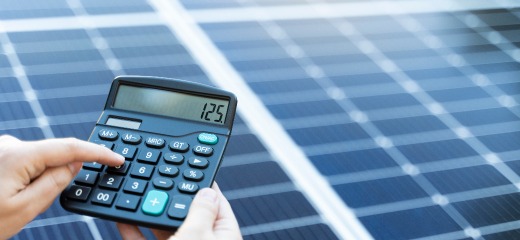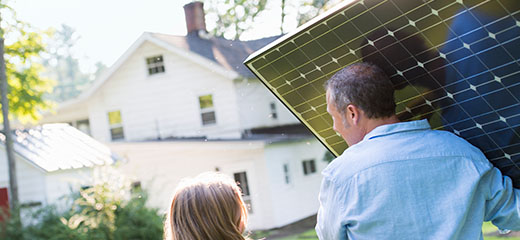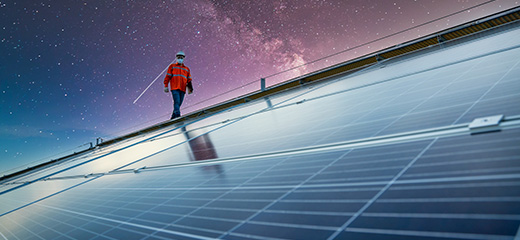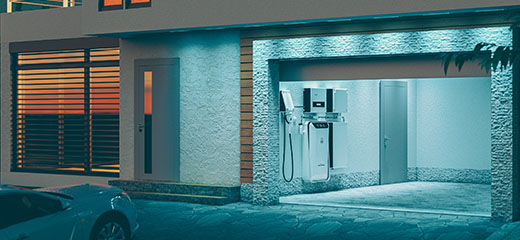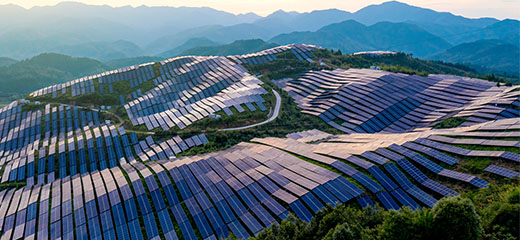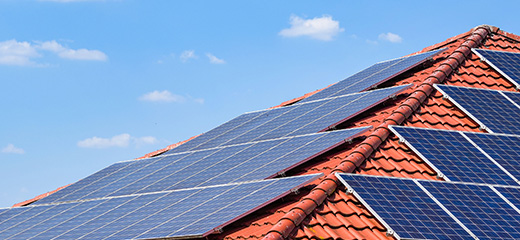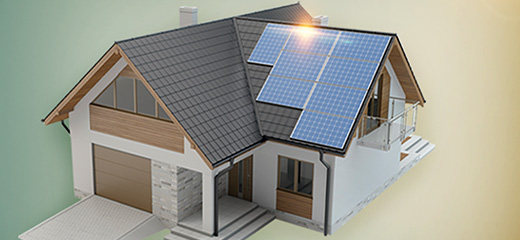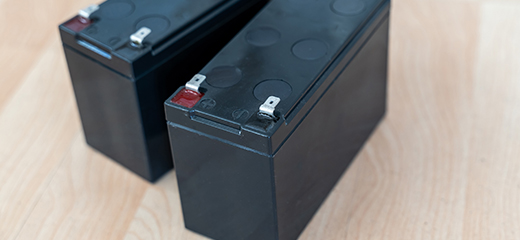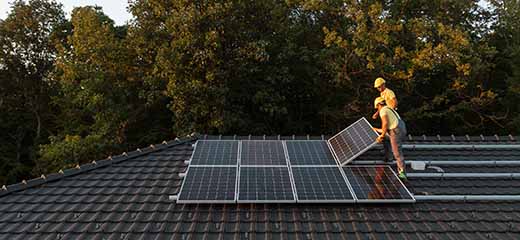
Got solar? Now’s the time to extend
Government’s long-awaited incentives for home solar installations have eventually been announced and the response has been mixed. If you have already invested in a solar system for your home, you might feel you lost out; but don’t worry there is good news.
For instance, if you have already ordered and paid for you solar system but it hasn’t yet been installed, you will still qualify for the tax rebate if the installation happens after 1 March 2023.
For households with an installed solar or fixed backup system, the situation is somewhat different. As National Treasury has elected not to backdate the solar incentive, you won’t be able to get a rebate on your existing installation. You will, however, be eligible to access the incentive if you decide to add solar panels to your existing system, if the panels are installed on or before 29 February next year.
What is the solar incentive?
In his 2023 Budget Speech, Minister of Finance Enoch Godongwana announced government had decided to provide a 25% rebate on the cost of “new and unused” solar panels, up to a maximum of R15 000 per individual.
Important to bear in mind is that this incentive for residential properties is expected to last only one year and only solar panels that are “brought into use” between 1 March 2023 to 29 February 2024 will be eligible.
- Read more: Home solar rebate: What you need to know
The case for adding solar panels
Few of us who invested in solar panels chose the largest system possible for our homes. But now that we’ve lived with solar for a while, we can see the benefits of being protected from loadshedding and the impact it has on our electricity bill.
The case for installing additional panels may then seem obvious: lower panel costs, less reliance on the grid and more savings on electricity.
However, there is another benefit worth considering. President Cyril Ramaphosa has on several occassions stated that government and Eskom are working on plans that will allow homeowners to sell-back their excess solar energy to the grid.
Many municipalities all already talking about developing sell-back options for their regions. The City of Cape Town, for example, has already announced that it will be buying back excess solar power from homeowners later this year. What’s more, the municipality has commited to adding a 25c/kWh incentive tariff on top of the 78.98c/kWh tariff set by the regulator.
Solar upgrade options
One of the advantages of investing in solar is that the systems are scalable. This means you can add solar panels and/or batteries as needs arise or finances allow.
The only major element of a solar system that has limitations is the inverter. The inverter’s kilowatt rating tells you the maximum output it can handle. This means if you have a 5kW inverter and solar panel array of 10kW, your home will only get 5kW of power at a time. But don’t be alarmed if your existing solar array is slightly higher than your inverter output. This is a common practice which takes into account the efficiency of your solar panels and the natural power losses that occur when AC power is converted into the DC power used in the home.
Before pricing bigger inverters however, it’s a good idea to go back to your output history to see how your current panels are performing. If your existing panels are already maxing out your inverter on a regular basis, then it might be time to upgrade. On the other hand, if your inverter doesn’t regularly reach its maximum output then it will be able to manage the input of more panels on your roof.
LookSee offers a full solar journey with valuable insights, access to vetted service providers and financing options too.
